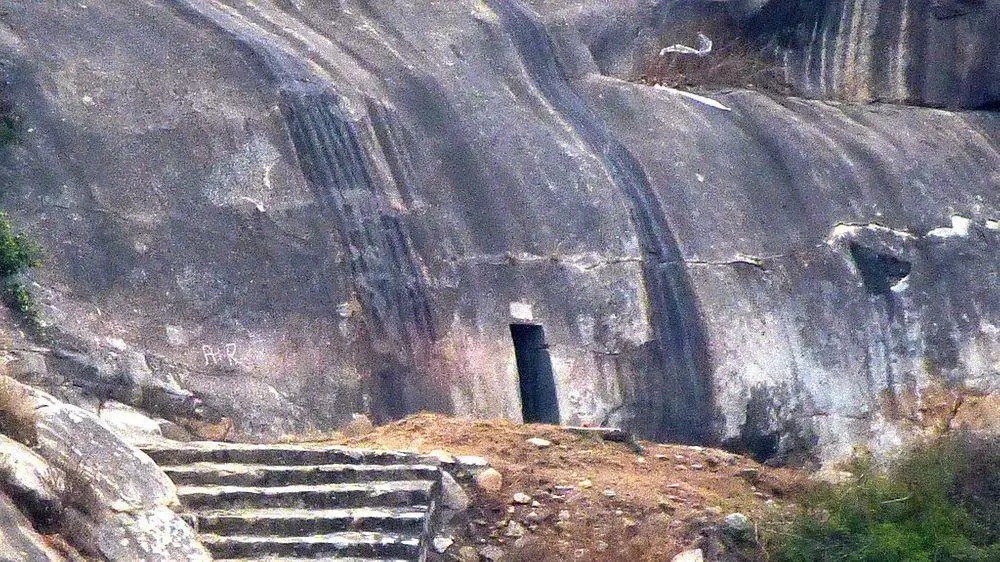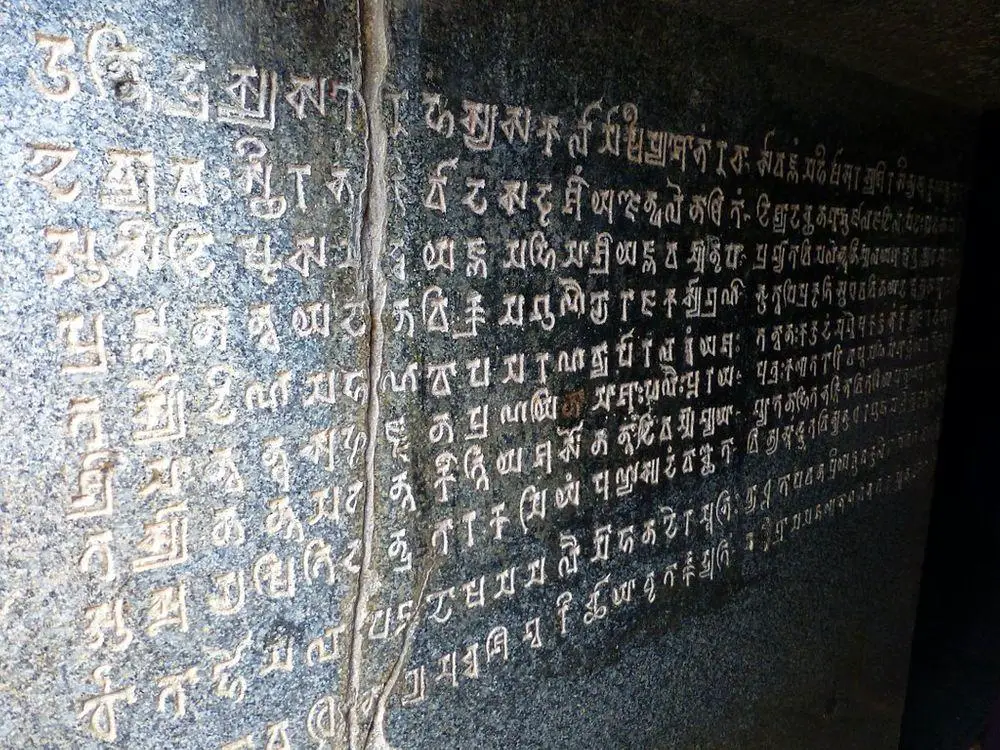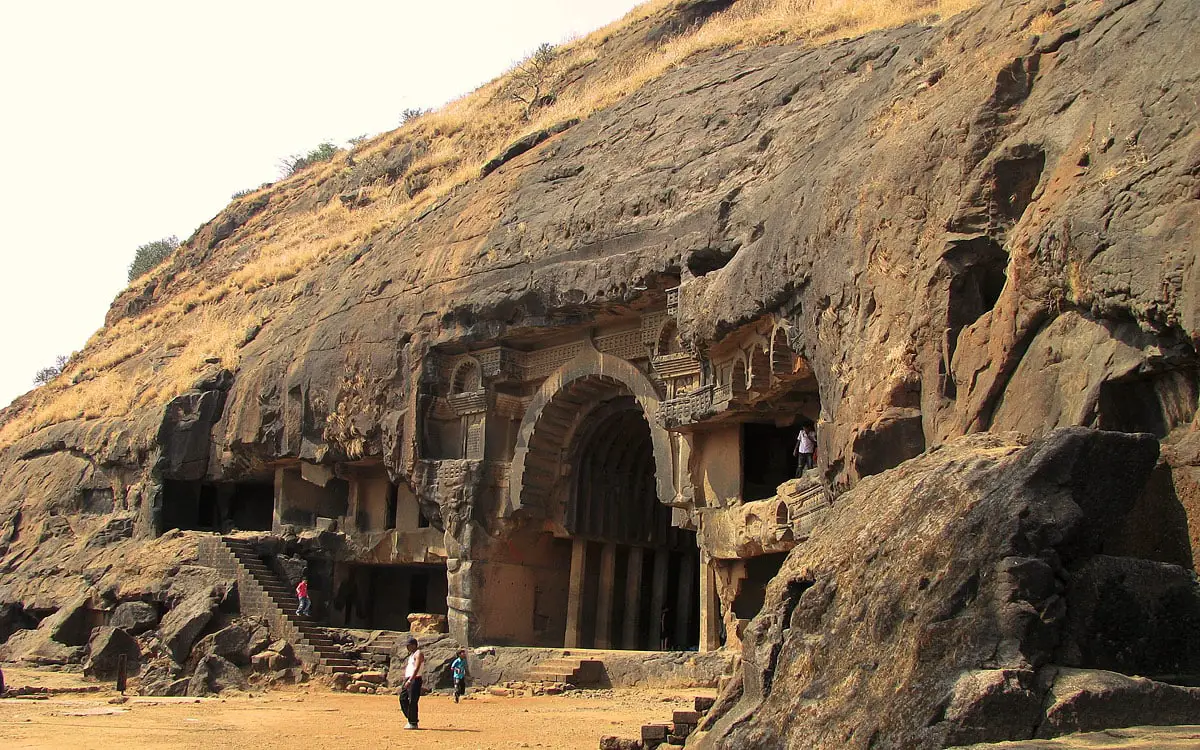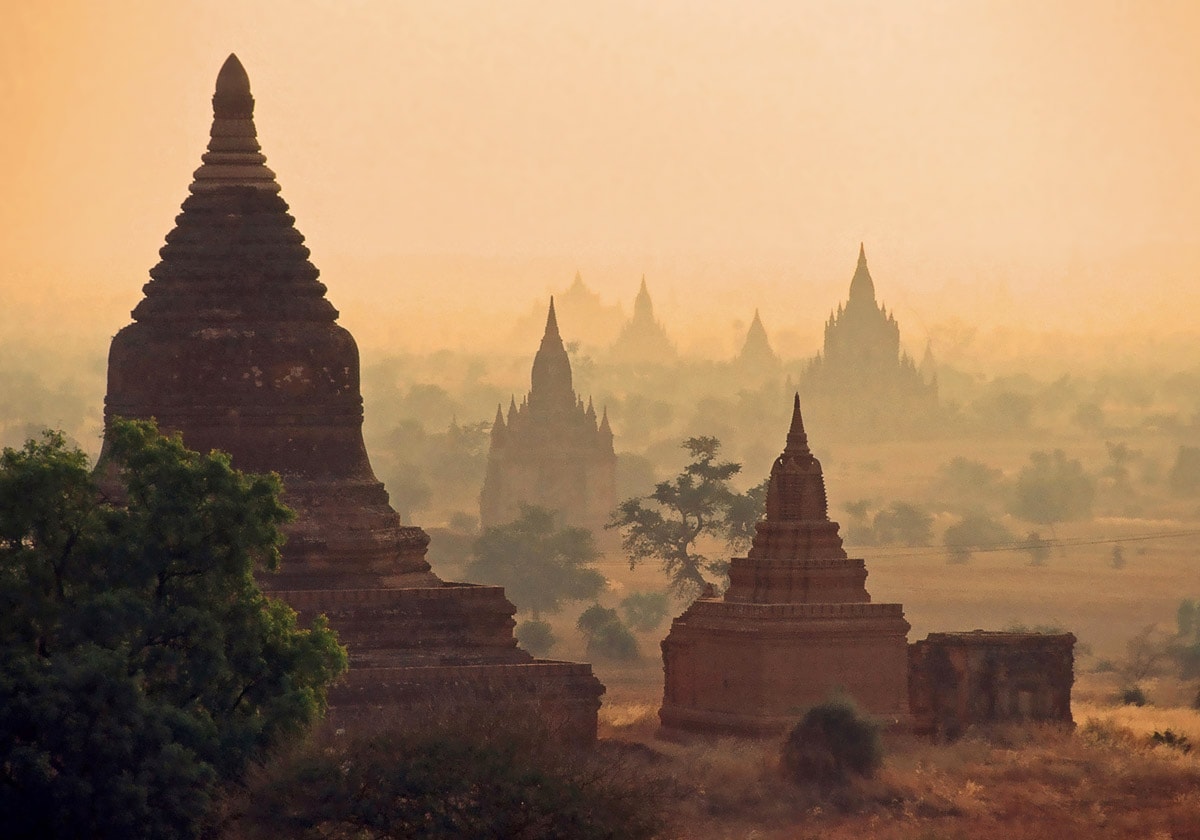Ancient and prehistoric shrines 🢔 Religious architecture 🢔 Archaeological wonders 🢔 Categories of wonders
Wonder
Nagarjuni Caves

 In short
In short
Often Nagarjuni Caves are joined with the nearby Barabar Caves in one group of monuments. They share many similarities and have several unique peculiarities. Unfortunately the bad criminal situation in the area has not helped to boost the popularity of this mysterious monument.
 43.3%
43.3%
GPS coordinates
Location, address
Alternate names
Age
Religion
Map of the site
If you see this after your page is loaded completely, leafletJS files are missing.
 In detail
In detail
Description

Gopi (Gopi-ka-Kubha, milkmaid) is a cave available by stepping up a flight of megalithic steps. It has got the largest chamber in the group. The cave contains several important inscriptions, some of these testify that son of Ashoka – Dasaratha (reigned in 232 – 224 BC) – has devoted these caves to Ajivika – thus these structures might be some 50 years younger than caves at Barabar. It is possible that the cave was used also in the middle of the 19th century by some Islamic eremites. The cave is 12.3 m long and 5.8 m wide, both ends of the chamber are semi-circular. The roof is vaulted, up to 3.2 m high. This cave has polished walls and floor – the famous “Mauryan polish”.
North from Nagarjuna Cave there is the second cave – Mirza Mandi (house of Mirza). Next to it, there is a dry well – this can explain the other name of it – Vahiyaka, Vapuiyaka Kubha, Vapya-ka-Kubha – “cave of the well”. Nearby there are remnants of several buildings – possibly viharas – Buddhist shrines. The cave contains inscription: “The Vahiyaka Cave was assigned by Dasaratha, His Sacred Majesty, immediately after his consecration, to the venerable Ajivikas, for as long as sun and moon endure.” (4) Other caves have similar inscriptions, just the name of the cave is different.
Through an enormous crevice one can reach the third cave – Vedathika Kubha (Vadithi ka Kubha, Vadathi ka Kubha).
Although caves might have been created for Ajivika, it is possible that for some period of time some caves contained Buddhist stupas too.
References
- The Barabar Caves. A Passage to India by David Lean – last accessed in 21.03.2010.
- Nagarjuni Caves. Indian Travel Portal – last accessed in 22.03.2010.
- Adwaita P. Ganguly. India, Mystic, Complex, and Real: A Detailed Study of E.M. Forster’s a Passage to India : His Treatment of India’s Landscape, History, Social Anthropology…. 1990.
- Vincent Arthur Smith: Ashoka: The Buddhist Emperor of India. Clarendon, Oxford 1920.
 Linked articles
Linked articles

Wonders of India
India is the seventh-largest country in the world by area, and, naturally, such a large area contains a huge amount of exciting attractions…
Wondermondo considers that India is the second richest center of architectural heritage in the world after Europe and maybe no single country in the world can match it in this respect.

Rock-cut architecture and sculptures
Rock-cut architecture is a very ancient form of architecture – the oldest structures are more than 5 thousand years old. The resistivity of the natural stone and the constant climate inside these structures has preserved many art values around the world.

Wonders of Asia
Any other continent (and part of the world) seems small if compared to Asia. This refers also to natural and man-made heritage: in Asia are not just thousands of great landmarks, there are found landmarks created by thousands of diverse cultures from ancient Phoenicians to the mysterious small people in the Philippines and eastern islands of Indonesia.
 Recommended books
Recommended books
In The Orient
The stories in this collection are in general set in India, Southeast Asia, and Indonesia, places to which the author traveled while living and teaching in Japan, a country which is situated in such a way so that it provides a gateway to other countries in the Far East.
Illustrations Of The Rock-cut Temples Of India
This is a reproduction of a book published before 1923.
We believe this work is culturally important, and despite the imperfections, have elected to bring it back into print as part of our continuing commitment to the preservation of printed works worldwide.


